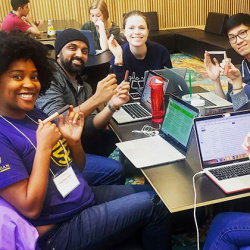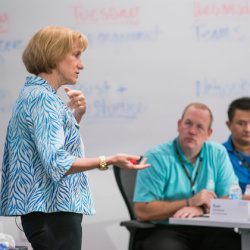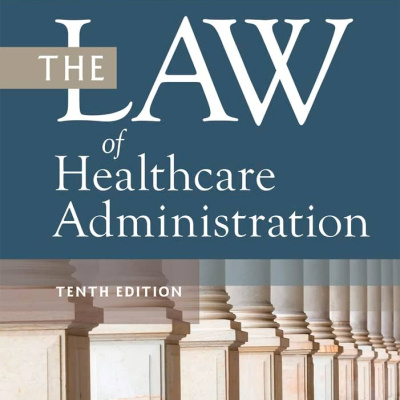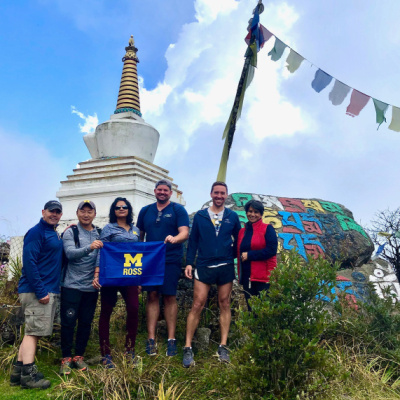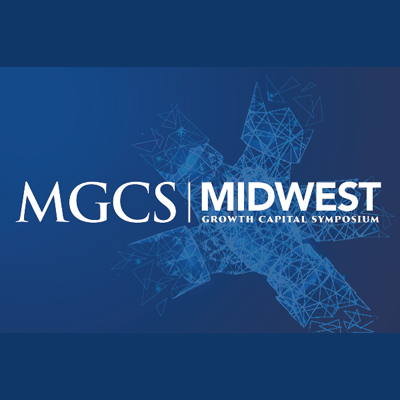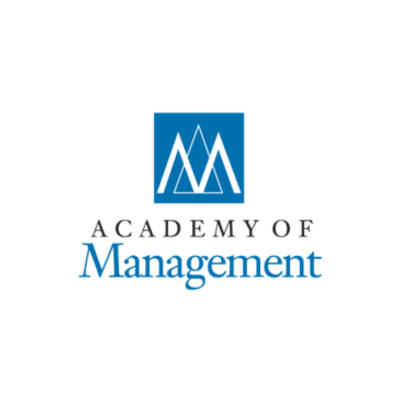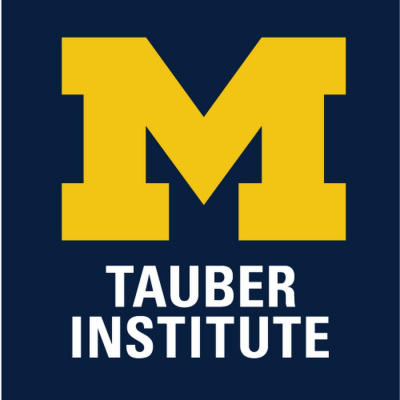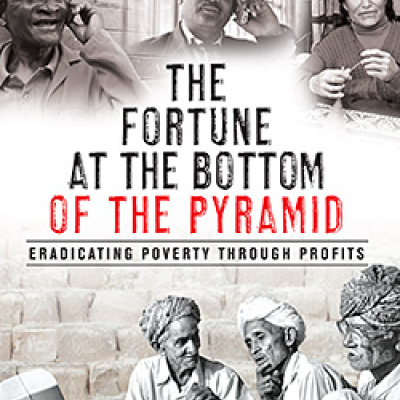Explore the faculty research, thought leadership, and groundbreaking philosophies that established Michigan Ross as one of the world’s top business schools.

Since an article she published in the Iowa Law Review in 1995, Professor Dana Muir has worked in the field of fiduciary obligation, particularly as it relates to the investment of the almost $37 trillion in U.S. retirement assets, but also as it relates to a variety of other employee benefit plans. In her 1995 article, Muir explained that the courts' attempts to define fiduciary obligation using concepts from fourteenth-century trust law were misguided. Muir has subsequently addressed fiduciary concepts in the context of investment advice, the extent to which employers serve as fiduciaries of the plans the sponsor, and, most recently, in their application to the consideration of environmental, societal, and governance factors in the investment of retirement fund assets.

Changes in health care structure following World War II brought the need for increased legislation, regulations, and court oversight to the industry. Professor Arthur Southwick of the Michigan Business School was a leader in developing these diverse sources into a coherent framework that enabled academics, healthcare leaders, and students to understand this emerging area of law.
According to Wharton Professor Arnold Rosoff, Southwick's book, The Law of Hospital and Health Care Administration, first published in 1978, "was a central fixture in the field's literature and the means by which countless numbers of hospital administrators learned about the laws that so significantly defined their field of practice." In this way, Southwick was a thought leader in developing healthcare law. In addition to his intellectual leadership in the healthcare field, Southwick served on the State Health Planning Advisory Council in Michigan and played a key role in founding what has become the 12,500-member American Health Law Association.

The Integrated Product Development course is a unique cross-disciplinary experiential course delivered jointly by Michigan Ross, the College of Engineering, and the Stamps School of Art and Design. The course requires teams of business, engineering, and art students to execute the full range of the product development and launch process, from early-stage ideation through design and fabrication to launch stage promotion, pricing, and inventory decisions.
It has been continuously offered for more than 30 years and has been featured on CNN and in BusinessWeek, the New York Times, and the Wall Street Journal. Professor William Lovejoy originally designed this course, but it was subsequently taught by a series of dedicated professors drawn from the three units. It remains a course students remember and refer back to throughout their professional careers.
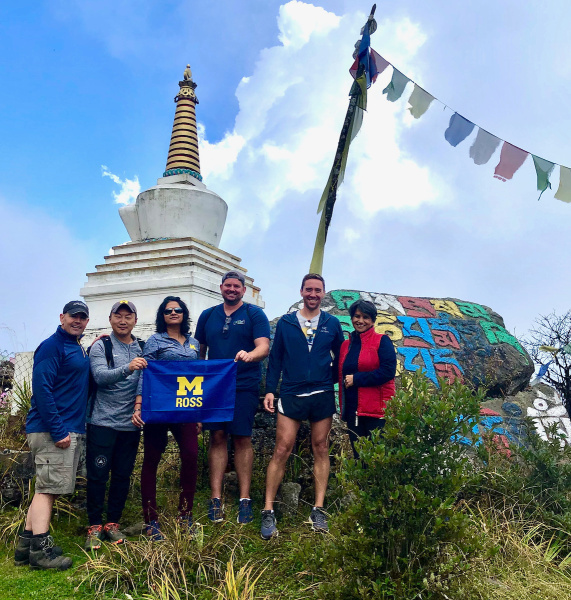
In 1991, Dean Joe White and Associate Dean Paul Danos introduced the groundbreaking Multidisciplinary Action Projects course to the MBA curriculum. The initial full-time, seven-week project established a team of MBA students to work on a real-world business challenge for a sponsor company. After a pilot run, the course became part of the MBA core curriculum in 1993. In the coming years, MAP would be added to other MBA programs and eventually to most of the school’s degree programs.
Since its inception, many other schools have incorporated project-based opportunities into their degree programs. However, Michigan Ross remains the leader in the space, and MAP has stood as a beacon of innovation and impact within the realm of graduate studies. What has truly set the MAP program apart is its unwavering commitment to bridging the gap between theory and practice. Instead of confining students to lecture halls, the program enables students to venture into the field, partnering with corporations, nonprofits, and startups to address genuine business challenges and exposing students to the intricacies of various industries while cultivating their ability to think critically, adapt swiftly, and communicate effectively.
Over the years, more than 3,200 MAP projects have been completed by Michigan Ross students. Today, more than 1,000 students participate annually in a MAP project as a required component of their degree program. The organizations they work with range from Fortune 100 multinational corporations to start-ups and non-profits, developing impactful products and addressing some of society's biggest challenges.

The research of Assistant Professor Eric Zou began with the observation that regulatory monitoring of pollution is often spatially sparse, temporally intermittent, or even nonexistent in developing-country settings. In a pair of papers titled "Unwatched Pollution: The Effect of Intermittent Monitoring on Air Quality" and "What's Missing in Environmental (Self-)Monitoring: Evidence from Strategic Shutdown of Pollution Monitors," Zou and his co-authors studied the strategic interaction between pollution monitoring and air quality.
These two papers demonstrate that intermittency in regulatory monitoring causally affects pollution outcomes and vice versa -- high pollution can induce selective monitoring. The evidence highlights a general principle-agent challenge of environmental federalism: local agencies are in charge of self-monitoring and enforcing federal environmental standards.
At the same time, these local agencies bear the regulatory penalties if their own data suggest that violations occurred. In a third paper titled "From Fog to Smog: The Value of Pollution Information," Zou and his co-authors found that pollution information disclosure triggered a dramatic change in public awareness of pollution issues, which in turn translated to increased avoidance behavior among members of the public and improved health.
This paper is among the first to document social, behavioral, and health changes when a highly polluted country without publicly available pollution information transitions to a new regime that makes it possible to openly discuss pollution issues and to find and use pollution information in real time.

The original trading floor at the Michigan Business School was established in 1999. At the time, it was the 12th academic trading lab to be developed in the United States and one of the first in a large public university.
Later, with a generous donation by John and Georgene Tozzi, a new lab was built. Over the years, thousands of students have come through the lab.
Today, there are approximately a dozen investment clubs, seven of which meet weekly in the lab. When the lab was first getting started, the student-managed fund was at $95,000, which has since grown to $700,000.

In the article "The Core Competence of the Corporation," Professor C. K. Prahalad and his collaborator Gary Hamel introduced a groundbreaking idea about how companies succeed.
They presented the idea that rather than just looking at the products they sell, companies should identify and nurture their core competencies -- the unique abilities and strengths that make them stand out. Those competencies are born from collective experience and knowledge in the company and combine different skills and technologies. Additionally, core competencies are not easy for competitors to copy, therefore giving companies a lasting edge in the market.
In their article, Prahalad and Hamel cautioned companies not to get overly wrapped up in their current products, which might change with time. They advised that instead, companies should focus on understanding and enhancing their deep-rooted strengths as they pave the way for future innovations and market leadership. By recognizing and harnessing core competencies, companies can venture into new markets, innovate, and stay ahead of the competition. In simple terms, companies should know and recognize what they are genuinely good at and use that to shape their future.

Originally launched by Michigan Ross Professor David Brophy and now organized and run by the Zell Lurie Institute for Entrepreneurial Studies, the Midwest Growth Capital Symposium began as an opportunity to showcase innovative Michigan ventures seeking funding and connect them with venture capitalists, angel investors, industry stakeholders, and leaders from across the nation.
Today, the Symposium provides a platform for pre-selected Midwest companies to present their business ideas and investment opportunities. These companies span various sectors, such as life sciences, healthcare, technology, food and agriculture, and energy. First held in 1980, the Symposium is the longest-running university-based venture fair of its kind, has gained recognition, and attracts attendees from across the country.

In the early 2000s, Professors Tim Fort and Cindy Schipani held the first conference on the role of business in promoting peace. The conference was attended by former Secretary of State Madeline Albright and brought together individuals from academia, business, and government to discuss efforts that could be made to reduce violence in the world. It was concluded that there is a role of business, especially in serving as an unofficial ambassador or role model when conducting business internationally. This event set in motion the beginnings of a new research paradigm on "Peace Through Commerce."

Professor Charles Laselle Jamison, a pioneering figure in the sphere of business management, spent most of his career at the Michigan Business School. Recognizing the importance of the evolving field of management education in 1936, Jamison proposed an organization dedicated to the support of high-quality research, teaching, and practice in the field. His vision led to the official launch of the Academy of Management in 1941. For this instrumental role, he became known as the "Father of the Academy of Management." With the onset of World War II, the Academy's operations were put on hold. However, they were revived in 1947 thanks to Jamison's tireless commitment. Since then, the Academy of Management has become an internationally recognized association for management and organization scholars.
Later in his career, Jamison would cement his legacy as a pioneer in the field of strategic management by publishing his 1953 textbook on business policy. The textbook was one of the first on the subject and showcased his invaluable contribution to the field.

Beginning from seminal efforts by Brian Talbot at the Michigan Business School in the early 1990s, the Tauber Institute for Global Operations was designed to bring business and engineering students together for a world-class education in operations. Students would take classes in both business and engineering and complete team projects with companies. The projects were scoped to incorporate both business and engineering content, addressing important problems that had a VP-level champion at the sponsoring company. The institute was innovative by offering additional training to students beyond operations: leadership training, communications training, and providing students the opportunity to organize conferences, etc. In addition to its impact on students and companies, the Institute has for years served as an important mechanism fueling the technology and operations faculty's relevant, problem-driven research by putting them in touch with practitioners at leading companies around the world. Since its foundation, more than 1,500 graduates have completed the program as Tauber Fellows, there have been 720 summer projects executed at 145 companies, and the Institute was honored in 2012 with the prestigious UPS George D. Smith Prize from INFORMS.
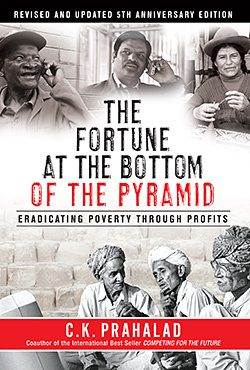
In 2002, Professor C.K. Prahalad of the Michigan Ross Business School and professor Stuart L. Hart of the University of North Carolina Kenan-Flagler Business School published the iconic article "The Fortune at the Bottom of the Pyramid" in Strategy+Business. The article suggested that "low-income markets present a prodigious opportunity for the world's wealthiest companies - to seek their fortunes and bring prosperity to the aspiring poor." Prahalad published a book with the same title five years before he passed in 2010. The article and book, with additional research and publications by Prahalad, Hart, Michigan Ross Professor Ted London, and others spawned a new business strategy for human development that has transformed into a social movement around the world known as Base of the Pyramid. The movement now includes transnationals, non-profits, social entrepreneurs, grassroots development organizations, international aid agencies, and many consulting firms dedicated to BoP strategy and implementation.

The Personal Development Plan is a simple but impactful idea that has now been utilized by approximately 6,000 BBA alums and current students. At its core, the PDP is an Excel document that helps students plan the requirements to graduate, but its usage and value go far beyond just a requirement planning tool. In 2006, the BBA degree, which had for decades been a two-year degree program, was modified to a three-year structure with a small number of first-year preferred admits. Eight years later, in 2014, the BBA curriculum was modified from a 45 business credit requirement to 58 business credits. The changes to the curriculum meant that students had significantly more time, more flexibility, and more choices in how they progressed through the BBA degree. That flexibility increased even more as we moved to a four-year program in 2017. Advisors developed the PDP as a resource to help students make the most out of this expanded college experience.
In 2014, with the launch of the 58-credit BBA curriculum, a new core course was created, BA 200. As part of BA 200, PDP was introduced as a required component of the class and is now a co-curricular component of BA 100 and BA 102. Each year, the undergraduate advising team works with over 625 new BBA students (first-year students and transfers) so that each student develops an individualized plan for their life as a college student. Ensuring that they are planning requirements is an important part of this, but in developing their plan, students are asked to reflect on their goals for their time in college while developing their PDP. What skills and competencies do they hope to develop while they are here? Are there opportunities they want to take advantage of (study abroad, participation in programs through centers and institutes, minors or dual degrees, club leadership, etc.)? The PDP is a living document that travels with students throughout their four years and becomes a reference point for continued conversations and relationship-building with advisors until graduation. The PDP has had an impact on every single BBA student since the fall of 2014, helping to open their eyes to the rich opportunities at Michigan Ross and giving them a roadmap to their unique journey as a Ross BBA.

